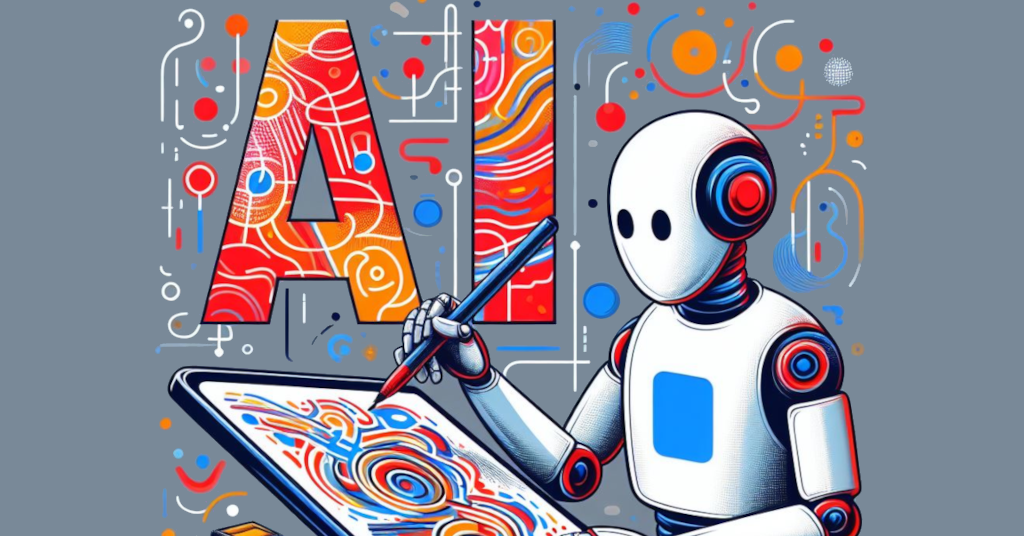Generative AI, which focuses on creating content from data, has made significant strides in recent years. From generating images and music to writing code and producing text, this technology is transforming industries and workflows. While much of the attention has been on commercial platforms, Linux, the cornerstone of open-source software, is increasingly becoming a hub for generative AI development. The combination of Linux’s flexibility, security, and robust community makes it an ideal environment for experimenting with and deploying generative AI models.
Why Linux?

Linux is a preferred operating system for developers and researchers working in AI for several reasons
Open Source Philosophy: Linux’s open-source nature aligns well with the research-driven world of AI. The ability to modify and customize the OS allows developers to tailor their environments precisely to their needs. This is crucial in generative AI, where resource management and optimization can significantly affect performance.
Vast Ecosystem: The Linux ecosystem is rich with tools and libraries that are essential for AI development. Popular libraries like TensorFlow, PyTorch, and Keras are fully supported on Linux. Additionally, many generative AI projects, such as OpenAI’s GPT models, are developed and optimized on Linux-based systems.
High Performance and Security: Linux is known for its stability, security, and efficiency. These attributes are essential when running resource-intensive AI models. The ability to handle large datasets and high processing loads without compromising security makes Linux a trusted choice for AI professionals.
Community Support: The Linux community is one of the largest and most active in the open-source world. This means that developers working on generative AI can easily find support, contribute to ongoing projects, and collaborate with others. The open exchange of ideas fosters innovation, which is critical in the rapidly evolving field of AI.
Key Tools and Libraries for Generative AI on Linux
TensorFlow and PyTorch: These are two of the most popular deep learning frameworks used in generative AI. Both are fully compatible with Linux and offer extensive documentation and community support. They provide the foundational building blocks for creating and training generative models.
Hugging Face Transformers: This library has become the go-to resource for working with transformer models like GPT, BERT, and T5. Hugging Face provides pre-trained models and tools that simplify the process of generating text, translating languages, and more.
Stable Diffusion: For image generation, Stable Diffusion is a noteworthy tool that is fully supported on Linux. This open-source project allows users to create high-quality images from text prompts, making it a powerful tool for artists and designers.
Docker: Containerization tools like Docker are indispensable in the AI world. Docker enables developers to package and distribute their AI models and environments, ensuring consistency across different systems. Linux’s native support for Docker makes it an ideal platform for deploying generative AI models in production.
Jupyter Notebooks: Jupyter Notebooks are widely used for developing and testing AI models. Running on Linux, they offer a flexible, interactive environment where developers can write code, visualize data, and document their progress in real-time.

Linux Distributions Optimized for AI
Several Linux distributions have been optimized specifically for AI and machine learning, providing out-of-the-box solutions for developers:
Ubuntu: Often the first choice for AI developers, Ubuntu provides extensive support for AI libraries and tools. Canonical, the company behind Ubuntu, offers specific versions optimized for AI workloads, such as Ubuntu AI.
Fedora AI: Fedora has begun offering spins that are optimized for specific purposes, including AI. These spins come pre-loaded with necessary tools and libraries, reducing the setup time for developers.
Arch Linux: Known for its customizability, Arch Linux allows developers to build a system tailored exactly to their AI development needs. While it requires more setup, the payoff is a lean, efficient environment that maximizes performance.
Applications of Generative AI on Linux
The use cases for generative AI on Linux are as diverse as they are exciting:
Art and Design: Artists are using generative AI to create unique visuals and music. With tools like Stable Diffusion and various GANs (Generative Adversarial Networks) available on Linux, creatives can push the boundaries of digital art.
Software Development: Generative AI is increasingly being used to write code, identify bugs, and suggest improvements. Tools like GitHub Copilot, which leverages models trained on vast amounts of code, are examples of how AI is transforming software development on Linux.
Content Creation: AI-powered content generation tools can produce everything from blog posts to complex technical documents. This is particularly useful for marketers, writers, and educators looking to scale their content production.
Research: In academia and scientific research, generative AI is being used to model complex systems, generate synthetic data, and even assist in writing research papers. Linux’s reliability and security make it the platform of choice for researchers working with sensitive data.
Challenges and Considerations
Despite its many advantages, running generative AI on Linux does come with challenges:
Hardware Compatibility: Not all hardware is fully supported by Linux, especially newer AI accelerators. However, the situation is improving with more drivers and tools being developed for Linux compatibility.
Learning Curve: For those new to Linux, the learning curve can be steep. While the community is supportive, transitioning from a more user-friendly OS can be challenging.
Resource Management: Generative AI models are resource-intensive. Efficiently managing CPU, GPU, and memory resources is critical, and Linux provides the tools to do so, but this requires a level of expertise.
The Future of Generative AI on Linux
As generative AI continues to evolve, Linux is likely to play an even greater role in its development. The open-source nature of Linux, combined with its strong performance and security, makes it an ideal platform for AI innovation. With the continuous improvement of AI tools and libraries on Linux, as well as the growing adoption of AI in various industries, the synergy between Linux and generative AI will only strengthen.
In the future, we can expect to see more Linux distributions tailored specifically for AI, better hardware support, and an even more vibrant community of developers and researchers contributing to the field. As generative AI pushes the boundaries of what machines can create, Linux will be there, providing the foundation for this exciting new frontier in technology.




